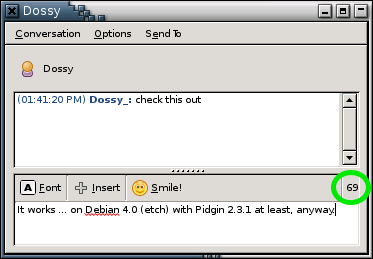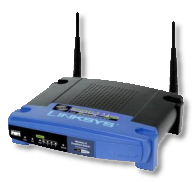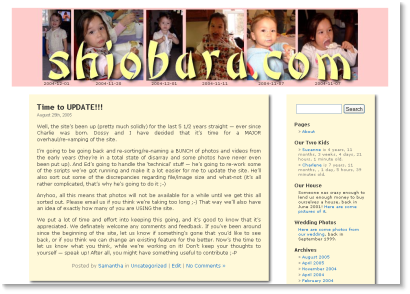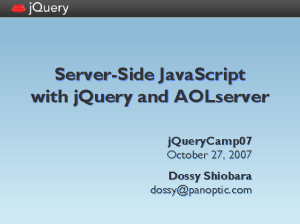I love it when I can go against the angry mob!
Marten & Jonathan: Good for you! Take those bits closed-source, make customers pay for the functionality, and use that money to hire talented QA engineers. Let companies pay for the stuff and demand actual timely bug fixes to the real problems that linger in the MySQL code base.
Of course, I wholly expect that 18-24 months later, you re-open the source for these products, once they’ve been polished up. The companies will be pissed, but we all benefit from higher quality products.
Look around, folks … this is the cycle we’ve observed many times of open source software. The fact that Sun is making these changes now is a good sign for MySQL’s longevity as a technology and product and that is only good for the open source community.
Tags: Sun, MySQL, open source, business












Latest comments